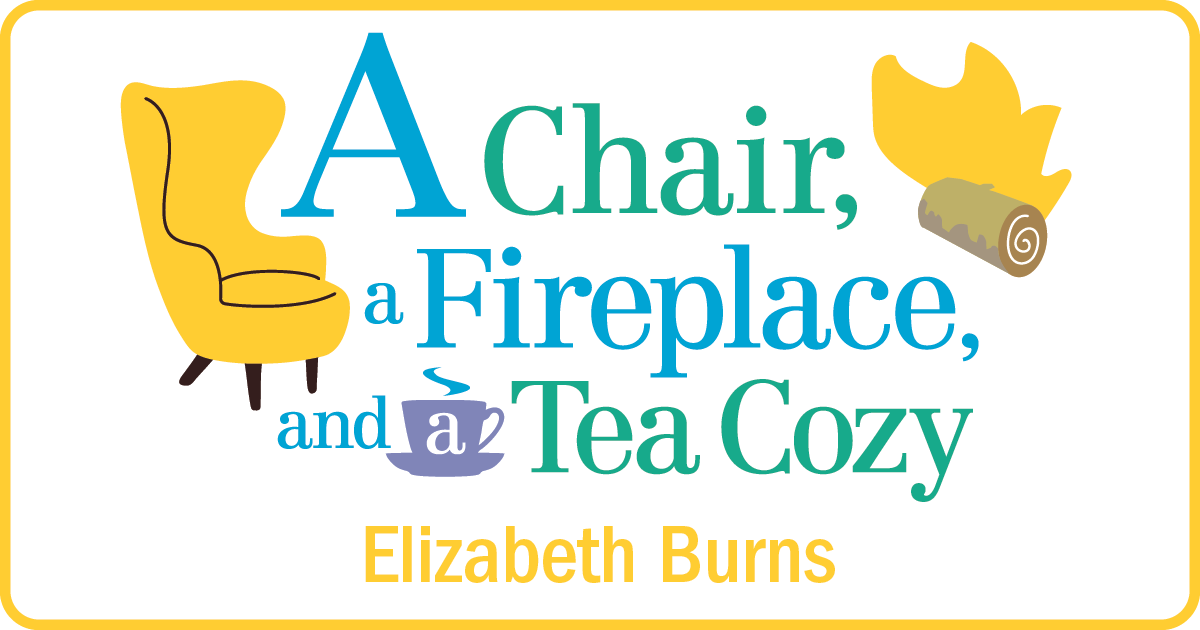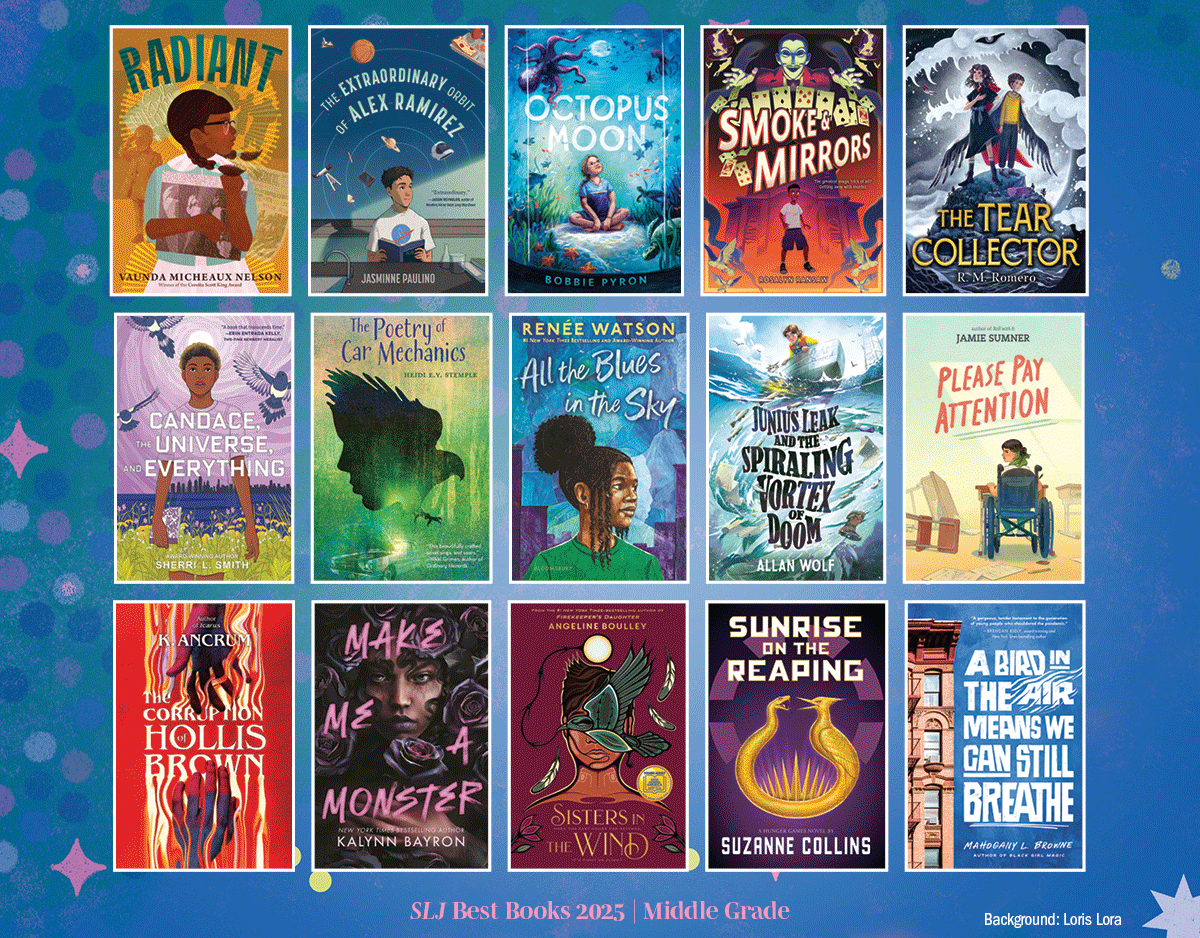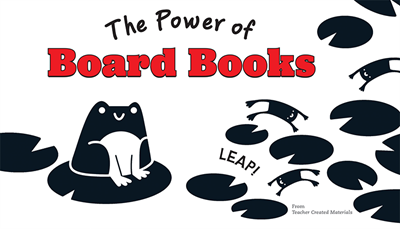SCROLL DOWN TO READ THE POST
Harriet The Spy: Essays
And now, the various essays about Harriet the Spy included in the 50th Anniversary Edition!
These essays are much more for the adult reader, but that is OK. Again, I’m not recapping the essay, just jotting down my reactions.
Judy Blume
Read Harriet as an adult, and notes how the kids in here are real because they have secrets and are curious. “Real” makes me also think of how Harriet is real in that she’s, well, not “nice”. She’s not the perfect little girl.
Meg Cabot
Notes how kids today are doing what Harriet did, just on the Internet. The lesson that words can hurt is valuable. But words can also heals. And damn, we all need an Ole Golly. And if this isn’t a reminder that kids are doing what kids have always done, the tech changes but the kids don’t!
ADVERTISEMENT
ADVERTISEMENT
Nick Clark
Oh! He knew/lived in this neighborhood! Notes Harriet is “what a young woman could become.” I’d note: could become something other than what everyone expects.
Patricia Reilly Giff
Reading it to a 4th grade of remedial students — and how much it mattered to them to hear about a strong female character who is tough and honest. “Honest” — and I’m thinking how important this is to kids, to know they can be honest with themselves, and now I’m wondering about what happens when a kid isn’t honest. And how Harriet’s problems escalated when she didn’t have a place to be honest.
Lenore Look
Harriet made keeping a journal fun. She says “I’m amazed that I connected with Harriet at all” and I want to shout ME TOO. As Look says, “as a third grader, I saw none of our differences.” “All I saw then was a girl with a notebook.”
And I’d add, because Harriet has many people who love her who aren’t now writers even if they did carry a notebook around and spy for a while after reading it — it wasn’t just seeing that girl with a notebook. It was seeing a girl whose thoughts and emotions were real and unvarnished and honest.
Lois Lowry
Ah, someone who never read it until now! More aware of her than knowing!
Gregory Maguire
“Harriet was honest, which is not the same as mean.” As a kid, I’d agree with him. And with it being part of a journal not intended to be shared, I’d agree. But. But. But. After? Harriet DOES cross over to mean. Right or wrong, it doesn’t matter. What matters is it’s understandable. And, well, it is mean, to trip someone or cut their hair off or hide a frog in their desk.
And — well, I think it diminishes Harriet, a bit, to not acknowledge that meanness.
Leonard S. Marcus
Let me just enjoy the historical story of Harriet getting published and wishing there was more.
Kirsten Miller
And pointing out that kids aren’t always likeable and can be brats and that’s OK. (Dare I say — that’s honest.) Harriet isn’t a “hero” and that’s the point. “The truth can be more comforting than fantasy.” And the truth of who Harriet is… yes. That matters more than notebooks.Pat Scles
Pat Scales
ADVERTISEMENT
ADVERTISEMENT
Role models! Feminists! Harriet knowing what she wants and going for it. She “gives girls permission to feel sad and lonely.” And, I’d add, to feel angry. Or mean. Or violent. Or betrayed. Or any of those other messy emotions that Harriet feels.
And that while Harriet learns lessons: she remains herself.
Anita Silvey
A look at what it means to review! And not to assume that what you dislike is what others will dislike. Given the reviews of Harriet that harp on role models, etc., some wise stuff here.
Rebecca Stead
Looks at the difference between memory of childhood reading and actuality. “a book about loneliness.” YES. I didn’t see that then. I do now. And I see how that loneliness drives so many things, even before Ole Golly leaves.
Elizabeth Winthrop
And journals and honesty. A place to be honest.
Judy Zuckerman
Oh, the first to have had a Ole Golly! And Harriet giving us dreams of boldness!
It’s not included here, but I’d like to add one of my favorite essays about a child’s book:
On Spies and Purple Socks and Such by Kathleen T. Horning, The Horn Book, Jan/Feb 2005 — I love this because it teaches me the different ways a book can have meaning, the different comforts it can give. And the different ways a text can be read. And, honestly, as someone who read this in the 70s, (a golden age, now, of kids just dressing in clothes that were for kids) I didn’t get that Harriet’s dressing as she did meant something. I didn’t know. I picked up on her mother not wanting her to wear ripped jeans, but I didn’t realize that the act of wearing jeans and sneakers was in itself significant. Horning’s essay helped me not just see how it mattered for Harriet, but is a reminder to me to always think about the context of a book for the time it was written. What would the reader of the time know that we don’t? What would they recognize that we don’t?
Of course, there are more important things in Horning’s essay. If you haven’t read it yet, I’m a bit jealous of you reading if for the first time.
Filed under: Reviews, Uncategorized
About Elizabeth Burns
Looking for a place to talk about young adult books? Pull up a chair, have a cup of tea, and let's chat. I am a New Jersey librarian. My opinions do not reflect those of my employer, SLJ, YALSA, or anyone else. On Twitter I'm @LizB; my email is lizzy.burns@gmail.com.
ADVERTISEMENT
SLJ Blog Network
The 2025 Thank You Post
Bob Rossify Your Life: A YOU CAN MOVE MOUNTAINS Cover Reveal and Talk with Richard Ho and Daniel Miyares
Pushing Hope: An Illustrated Memoir of Survival | Review
Book Mail: Dark academia romantasy, a magical cooking school, a time-travel story, and more!
The Classroom Bookshelf is Moving
ADVERTISEMENT
ADVERTISEMENT








